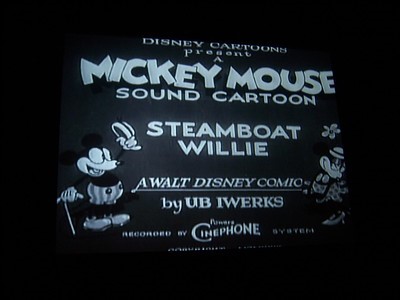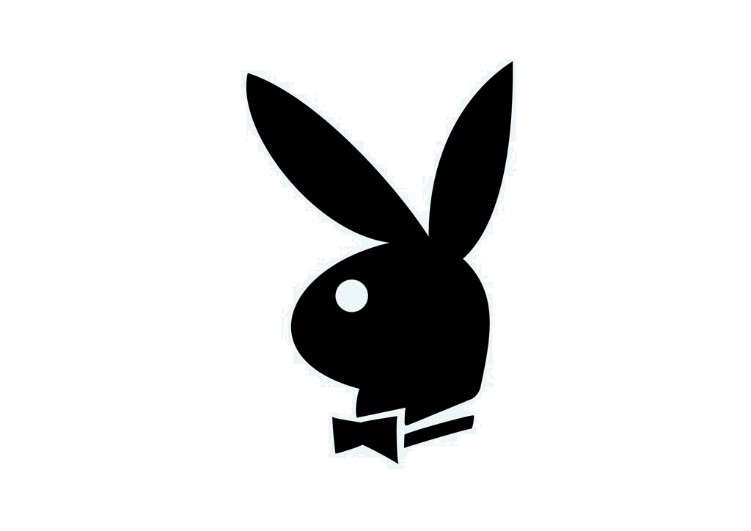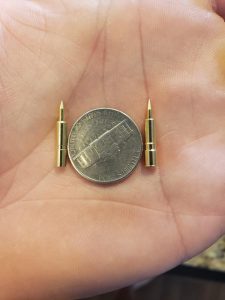These days we talk a lot about revolutionary products and ideas, breakthrough technologies, and market-disrupting concepts.
But to truly build a legendary business that lasts for decades or even centuries, you need more.
Perhaps the most successful at this, certainly in our lifetimes, is the Walt Disney Co. (NYSE: DIS).
When Walt Disney was starting his iconic company, he was working with frontier technology in a new and exciting medium. But even he didn’t have initial success.
It wasn’t until 1928, five years after starting Walt Disney Animation Studios and eight years after his failed Iwerks-Disney Commercial Artists collaboration, that he found success.
And how did that come? By the introduction of possibly the most recognized character in the history of the world: Steamboat Willie, AKA Mickey Mouse.
Today, Disney remains on the front lines of innovation and new business ventures. It launched its own streaming platform less than a year ago. And it now owns the Star Wars franchise and Marvel Studios.
But Disney’s real success is its licensing and consumer products. It wasn’t the production of Steamboat Willie’s 1928 animated short that got the ball rolling. It was the instant brand appeal of Willie, which soon became Mickey.

In fact, Disney brings in more than twice the amount of revenue from its licensed consumer merchandise than any other company with $54.7 billion in sales last year.
Branding and licensing is big business. That’s why a relatively small news story today about a seemingly dying brand caught my eye.
Playboy Enterprises Inc., a private company since 2011, announced it was going public once again, as a completely renovated and rehauled business.
The adult-themed brand has been around since 1953, with the launch of its first issue featuring a centerfold of Marilyn Monroe.
That issue, which wasn’t dated because Hugh Hefner wasn’t sure he’d have the money to make a second one, started a brand that remains in the top 20 to this day.
The rabbit head logo appearing at the end of that inaugural issue is now the center of a brand that brings roughly $3 billion in merchandising and licensing sales. Though, not all or even most of it goes to Playboy itself.

With the death of print magazines, slow adoption of internet trends, and passing away of its legendary founder, Playboy has had a bad couple of decades.
In 2011, it was taken private by Hefner and a private-equity firm. From there, the magazine went from a monthly publication to bimonthly to quarterly. At that outbreak of COVID-19 earlier this year, it ceased print publication completely.
So, how can a company whose main product failed to think about going public just seven months later?

Grab a piece of paper and pen to write this down…
Because you’re about to see the name and ticker symbol of the ONLY 5G STOCK every investor should own.
You can get the name and ticker of this company right here, no strings attached. But you better act fast…
Because the Federal Communications Commission, the government agency in charge of 5G, just scheduled a major announcement that would send shares soaring once announced.
Don't miss out. Click Here to Get #1 5G play for 2020 before the next market close.
Comparing Disney to Playboy is almost laughably awkward for anyone. But there is a valid comparison there.
Disney isn’t any more than an animation studio than Playboy is a magazine. Sure, that’s what they’re known for. But neither stopped there.
Disney opened theme parks that remain the largest tourist attractions in the world. It has bought other studios, capturing hundreds of billions at the box office without drawing a single cartoon.
Playboy had its nightclubs with their “Bunnies,” its iconic Playboy Mansion, and even a record label.
These nonlinear ventures are part of each company’s brand. And each has carefully cultivated their brands over the decades.
Playboy is now a business that only has its brand.
Sure, with this deal to go public through a merger with a special acquisition company, plans on building out its perfume line and “sexual wellness” products such as lingerie.
But it will live and die by its rabbit head logo selling T-shirts and earrings at places like Urban Outfitters and PacSun.
Its estimated post-merger business is to be worth $415 million. Its brand, according to the company and License Global is worth $3 billion.
We’ll see if the company can really live up to its 17th place on the global list of brands.
For me, I will wait and see what the numbers say at launch. It could be a great one-off opportunity to capture a rejuvenated but iconic brand for pennies on the dollar. Or, it could go the way of its magazine.
In any case, this is a story about a unique legacy brand in an age of innovation. And it’s one worth following.
To your prosperity and health,
Joshua M. Belanger
Executive Publisher & Founder